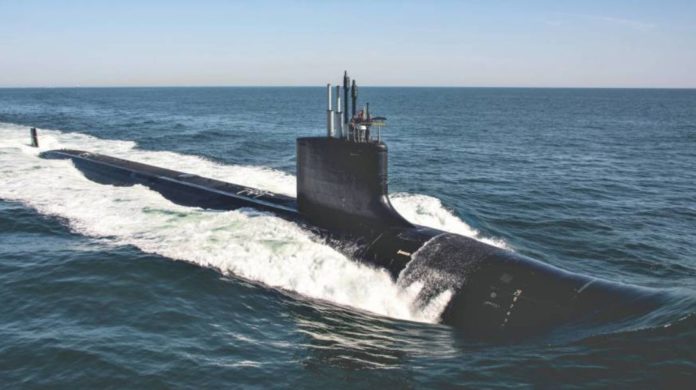Contrary to what one might believe, the war under the sea was never forgotten, it has only adapted to the new circumstances that, at all times, dictated the global strategy
This is undoubtedly a historical naval contract and astronomical figures are handled. The US Navy has commissioned the construction of nine submarines, eight of which are of an improved design that will increase their strategic capabilities. After the new and very expensive aircraft carriers and with the expected contest that provides at least 20 new frigates, it is clear that the US naval reinforcement is a reality and as we will see, these new submarines will provide important multipurpose capabilities to the American navy.
Contrary to what some may believe, war under the sea was never forgotten, it just evolved and adapted to the new circumstances that, at all times, dictated the global strategy. The Cold War marked a definite period where underwater fighting took a huge role. It was logical, then, unable to overcome and not even match the US naval power, the former USSR chose to devote its greatest effort to underwater warfare. Nothing new. It was exactly the same strategy followed by Germany during World War II.
After the Soviet disintegration, it might seem that submarine warfare was a thing of the past and to some extent, it was so, only that instead of disappearing it was adapted and priorities changed to new threats. These became the small conventional submarines (SSK), some mills nowadays almost available to anyone. Cheap, very slippery and in the wrong hands could cause huge disruptions to naval traffic. Thus many countries, substantially reduced their means to fight large submarines. And now the development continues.
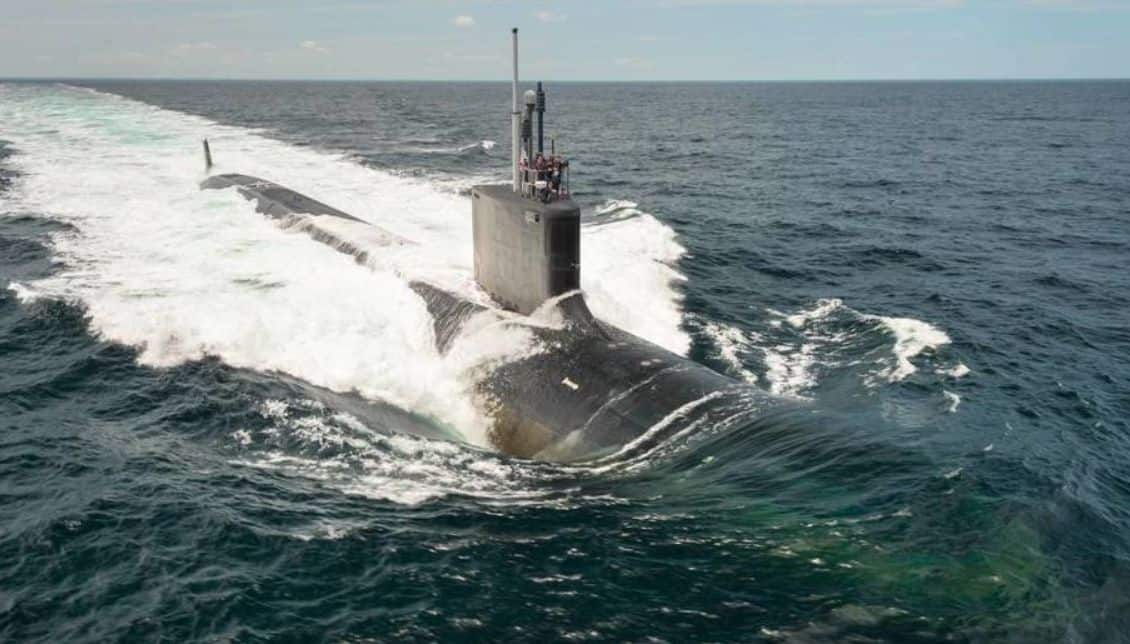
A powerful underwater fleet
The US Navy operates a large underwater fleet, the largest in the world. It is a very large fleet, 70 active submarines, all of them with nuclear propulsion (SSN), very homogeneous (with few types), modern and efficient. Against these figures, Russia deploys a total of 56 submarines, of which 34 are nuclear (SSN) and 22 are conventional models (SSK), figures that could be increased to 62 if we count experimental models, such as the AS -31 Losharik. But Russia uses a large number of types, versions and variants, some are very obsolete models and others, however, so modern that they do not finish curdling.
There are only four types of submarines that navigate under the stars and stripes and are divided into two large groups: the so-called ‘Fast Attack’ (attack models) and the Missile Launchers or SSBN (Ship, Submersible, Ballistic, Nuclear). Of the first there are three types: the class ‘Los Angeles’ with 32 ships active, the class ‘Seawolf’ with 3 units and the class ‘Virginia’, the most modern, with 17 units in service.
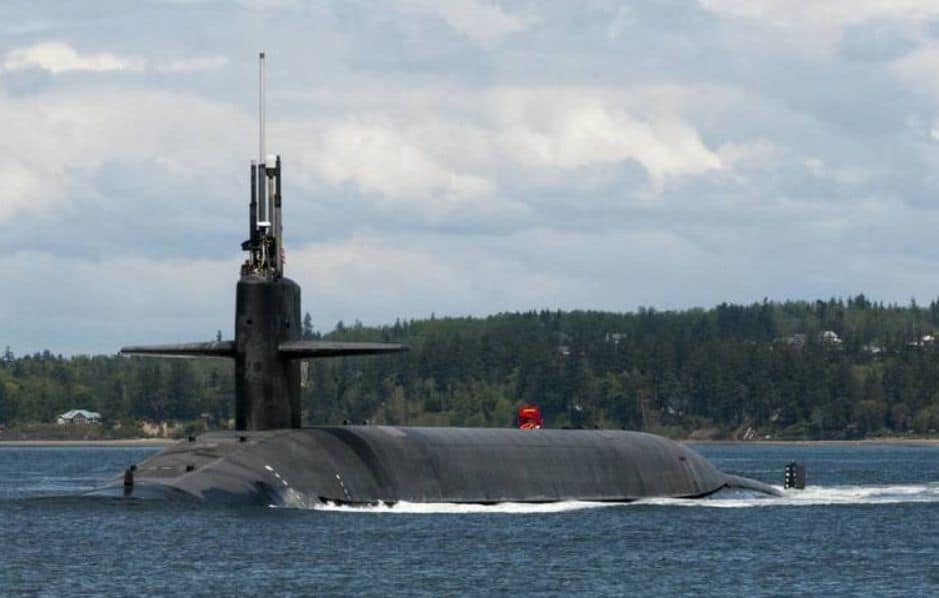
The missile launchers are those of the ‘Ohio’ class, with 18 ships active. Of these, the ships of the ‘Los Angeles’ class are gradually being removed and replaced by the new ‘Virginia’. In addition, there are 14 of the SSBN type, armed with 24 SLBM (submarine-launched ballistic missiles) or ballistic missiles of the type TRIDENT II D5, a device that once launched deploys 12 autonomous warheads, each capable of attacking a different target. Finally, there are 4 other submarines that, due to the non-proliferation treaties of nuclear weapons, were converted to guided missile submarines (SSGN), changing their TRIDENT nuclear mills for a total of 154 TLAM (Tomahawk Land Attack Missile) cruise missiles, missiles tactics against ground targets.
The class ‘Los Angeles’ were, in their day, the best in the world to act as ‘hunter Killers’ , true hunters of Russian missile submarines. They are units of 110 meters in length and with a displacement of 7,000 tons in immersion. They have been (and are) silent and well armed ships. The ‘Seawolf’ class was going to replace the ‘Los Angeles’ ships. They were to be (are) large ships, more advanced and more expensive than their predecessors, with more than 9,000 tons in immersion and a cost of more than 3,000 million dollars per unit, but they were born at the most inopportune moment (the end of the Cold War) and were exchanged for the protagonists of the latest news, the Virginia.
The ‘Virginia’ class
When talking about the ‘Virginia’ Class, you cannot give data on a single type of vessel because it is a model, as we said, very versatile and has evolved with the different ‘flights’ or groups of units built. The differences between one group and another can be quite different and therefore when referring to them, it is necessary to specify to which ‘Block’ or block they belong.
The first unit, the USS Virginia (SSN 774) was delivered to the US Navy in October 2004 and forms the so-called Block I with the USS Texas, USS Hawaii and USS North Carolina. They were the first submarines where modular construction was used instead of building the entire pressure helmet, which then forced to work with discomfort inside. They have a length of 115 meters, a displacement of 8,000 tons and a cost (the first blocks) of less than 2,000 million dollars.
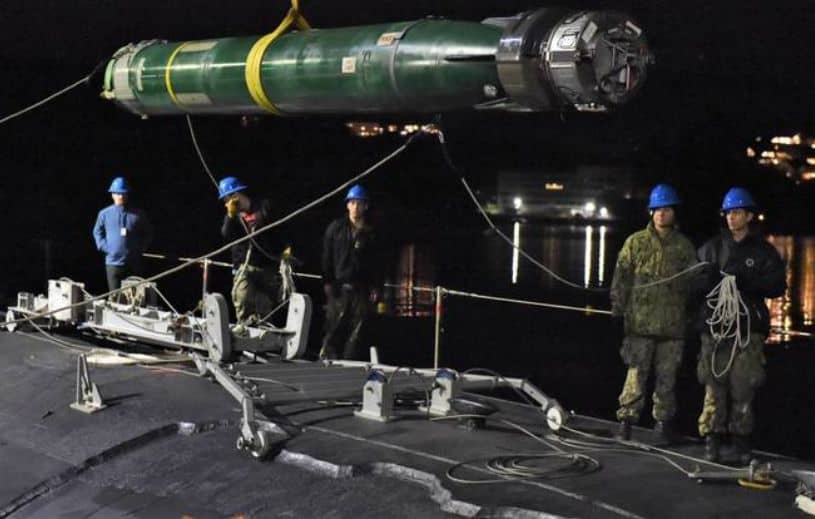
The new ‘Virginia’ introduced many technological improvements. Among them, the use of the UMM (Unified Modular Masts) or modular mast system stands out. This system integrates with a single mechanism the different masts that the submarines used until then, achieving a space-saving by integrating vision masts, radar, sensors, ‘snorkel’ (immersion air intake), etc. In the ‘Virginia’ a ‘snorkel’ mast was integrated, two communication masts (or antennas), two satellite communication masts, the AN / BPS-16 radar, the AN / BLQ-10 electronic warfare equipment and, very important , two “photonic” masts.
The “photonic” or “optronic” masts represent a very important innovation for a submarine because they replace the classic optical periscope with a set of cameras and sensors that transfer the vision from the outside to the inside of the combat chamber. The “Virginia” were the first submarines to fully incorporate this development, which has important advantages.
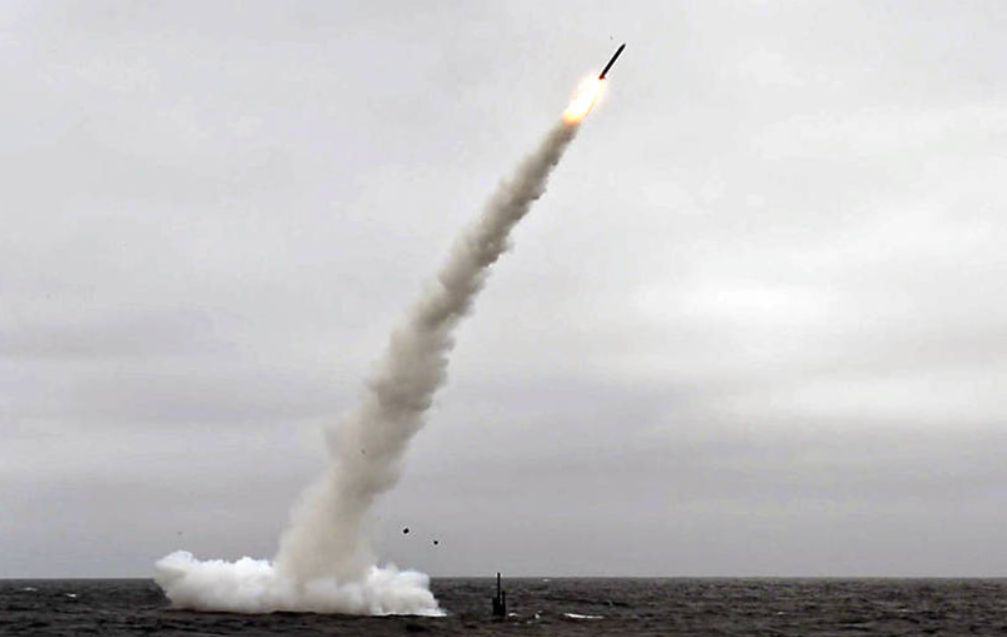
The first is that in the traditional periscope the set is a long mechanical tube that crosses the pressure hull, generating a weakness in it while forcing the combat chamber to be placed in an elevated position, close to the curvature of the helmet. The photonic mast obvious all this. Its dimensions are very small and you only need a signal cable to reach the combat chamber, which in the “Virginia” a cover was placed below allowing it to be much larger and more functional. These masts also integrate color and infrared vision.
Its original armament (Block I and II) was formed by a vertical missile launcher (VLS) of 12 cells plus 4 533 mm launcher tubes, being able to use Mk 48 torpedoes, UGM-109 Tactical Tomahawks missiles and Harpoon anti-ship missiles. In Block III and IV, the VLS was replaced by two tubes called VPT (Virginia Payload Tube) of large diameter, each capable of launching six Tomahawk cruise missiles. Other variations between the first four blocks affect technological and system aspects, such as advanced sonar type LAB (Large Aperture Bow), improvements in maintenance aspects and others.
Block V. Advanced and expensive
The order of nine more units of the ‘Virginia’ class was announced just a few days ago and represents a total of 22,000 million dollars, which gives us a unit cost of 2,400 million dollars (about 2,200 million euros) per submarine. The ships will be built by General Dynamics, Electric Boat and Huntington Ingalls Industries, they will begin to be built shortly and it is estimated that they will be delivered between 2025 and 2029. Of these ships, the first will be manufactured as a Block IV and the rest as a Block V, whose improvements are important.
The significance of Block V is what is called VPM, ‘Virginia Payload Module’ or Virginia Cargo Module, a kind of container specifically designed for Block V and that will now begin to be introduced with the new submarines. The idea is to advance in versatility allowing different missions according to the needs. The module is located in the central area of the hull after the VPT of Blocks III and IV, which means extending the hull by 21 meters.
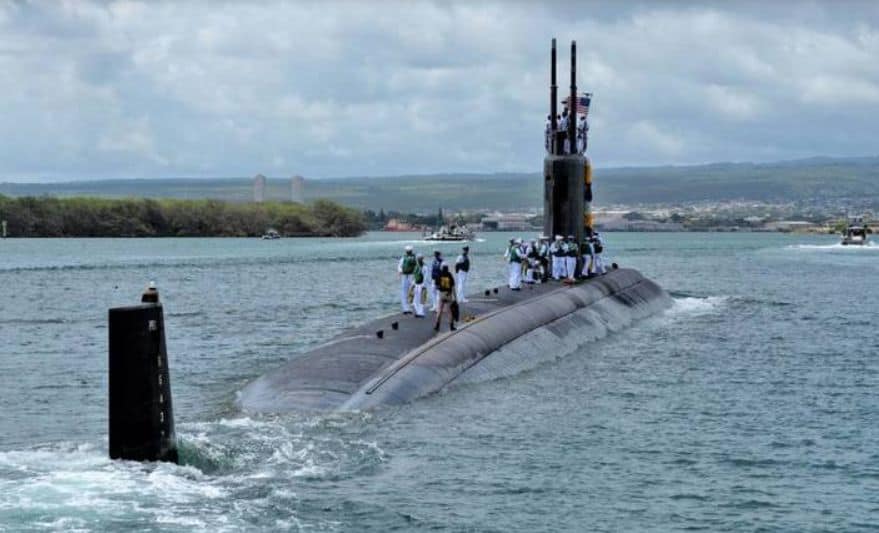
With this addition the new ‘Virginia’ will be able to carry 28 Tomahawk (BGM-109) in the VPM and another 12 in the VPT tubes while maintaining their four launcher tubes. The capacities are multiplied, since the VPM will be able to use new types of missiles of greater scope and new anti-ship missiles, such as the LRASM of Lockheed Martin. There is also speculation about the ability to use future hypersonic missiles in development and even the ability to launch and recover aerial and submarine drones from the ship itself.
As in everything, there is also a counterpart for the cost overruns of these improvements, which are estimated at about $ 500 million though, according to US Navy sources. They will be compensated on the one hand with savings in maintenance costs and on the other with a reduction in the number of units in service, by increasing the capabilities of the new submarines that are entering service and retiring the old ‘Los Angeles’.
